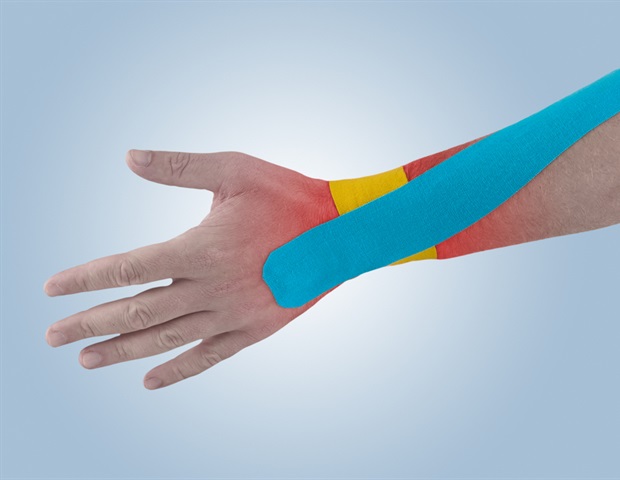Researchers know that fine motor skills decline with age, but even though many daily tasks are performed using hands, such as getting dressed, grooming, and taking medications, older adults Not much research has been done on hand health.
Susan Brown, an associate professor in the University of Michigan's Department of Exercise Science, wants to change that. Through his Motor Control Lab, Brown teaches kinesiology students twice a week he visits older adults in the Ann Arbor area and performs exercises to improve hand function through his “Hands and Health at Home” program. I am supervising.
Hands and Health at Home began as a grant proposal from Ann Arbor Meals on Wheels. His UM Health Department, a community health service that operates Meals on Wheels, had made funding available to community groups working on priority areas such as obesity and related diseases.
Meals on Wheels and Brown's lab sought to address this problem by improving hand function in older adults and increasing their ability to access and consume healthy foods.
The initiative evolved from there into a credit-bearing experiential learning course in which students visit seniors in their homes and teach them exercises focused on improving manual dexterity and strength.
Rachel Logue Cook has been running the program for five years. She recently successfully defended her doctoral thesis.
“When I heard about this program, I thought, 'Oh, this has education, this has aging, and this has all these different aspects that I really enjoy all in one project. ” she said.
Before sending students to a client's home, Rogue Cook teaches them how to perform exercises, monitor client progress, and have meaningful conversations to keep the session on track.
This program benefits students and seniors
Rogue Cook collected data during each client's first and last session, which was used in her doctoral dissertation and in an extensive study in Brown's lab. A small pilot study of eight people who underwent a six-week training program was published in December in the Journal of Gerontology & Geriatrics Education.
The research found the following:
- 75% of clients reported improved upper extremity mobility after training.
- Significant improvement in pinch strength was observed in most clients.
- Some clients have improved dexterity and grip strength.
- Small improvements in psychosocial well-being occurred in three clients.
- 88% of trainers saw an improvement in their clients' functioning.
George Valenta volunteered for the program because he was 90 years old and had lost strength in his hands. By the end, I was able to open a water bottle, something I had struggled with before, and I was able to grip the rowing machine handle more forcefully, a huge improvement.
“I had really good students,” he said, adding that he appreciated their dedication to developing a program tailored to him. “We were the only group on the project to earn a perfect attendance award. I had a lot of respect for them.”
Researchers know that there are disparities in hand health, with black and Hispanic older adults having significantly worse health outcomes than white older adults. They also know that more than 90% of homebound seniors require assistance with at least one activity of daily living. This makes this type of training particularly interesting for this population, although it is not aimed exclusively at homebound seniors.
There is now enough evidence to make a recommendation. You can see that “Here are activities that you can do alone.'' If this continues, he may end up in a nursing home. It doesn't have to be one-on-one at home. ”
Susan Brown, Associate Professor, Department of Kinesiology, University of Michigan
program needs funding
Brown-Cook and Logue-Cook are currently working to secure a long-term funding solution to sustain and expand the Hands and Health at Home program within UM's exercise science curriculum. They are looking at ways to share the training with other organizations that could benefit, from memory care facilities to local senior centers.
“We are currently raising funds to run the program next fall. Without support beyond that, it will be difficult to continue,” said Brown, who will work with the meal program and the students. We are looking for a part-time coordinator.
Long-term goals include bringing the program to local chronic care/memory care facilities and expanding to other Meals on Wheels programs. Brown also hopes to reach out to people in the community who have age-related hand problems such as stroke or Parkinson's disease.
Although it may not lead to improved hand function in certain clinical populations, Brown said the intergenerational model may help alleviate mood and feelings of loneliness.
“There are so many different directions this program could go, so right now it's just, 'How do we build this?' Because we know it works,” she said. .


